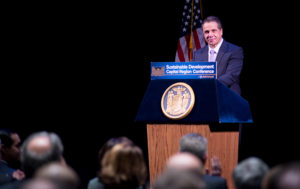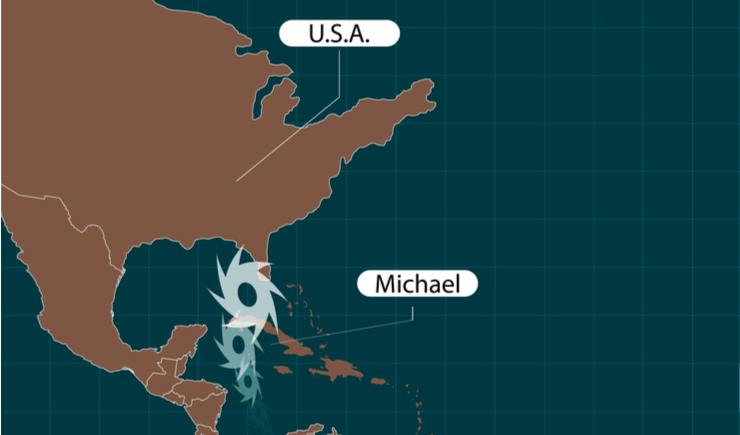
You know that from the beginning of the pandemic, governors in blue states have gone wild. They have assumed what amounts to authoritarian rule over their states, making up rules as they go along with little or no input from elected legislatures. Emergency power is often the gateway to authoritarianism, and blue state governors did not disappoint.
Thankfully in the United States, there is a power greater than the follies of state governors who style themselves the new Napoleons. The Supreme Court has taken a hammer to the unfettered power of the governors with a ruling against Gov. Andrew Cuomo’s COVID-19 lockdown measures. Here Judge Andrew Napolitano explains the case:
Andrew M. Cuomo is the governor of New York. He has been foremost among his gubernatorial colleagues in his ubiquitous television explanations of his various executive orders restricting personal liberty during the COVID–19 pandemic. He even won an Emmy for his hundreds of television appearances during which he educated the viewing public on his understanding of the science behind the pandemic.
He attempted to educate the public, as well, on his understanding of the Constitution. That understanding is wanting.
Cuomo established a color-coded system to indicate the severity of the COVID-19 infection rate by ZIP code. Red is the most severe and calls for limiting worship to 10 people per indoor venue. Orange is the next level, and it limits worshippers to 25.
Since the governor did not deem the right to worship as “essential,” even though he deemed campgrounds and bicycle, food and liquor shops to be essential, he imposed his 10- or 25-person limit on all houses of worship, irrespective of the size of the venue. He imposed no numerical limitations on essential venues.
Thus, a small mom and pop liquor store could be packed to the gills with customers, but a 400-seat synagogue or a 1,200-seat cathedral would still be limited to 10 or 25 people. This was such an interference with the free exercise of religion that the Roman Catholic Diocese of Brooklyn, New York, and three Jewish congregations in New York City collectively sued the governor in federal court in Brooklyn. They lost. Last week, the Supreme Court interceded in a splendid 5 to 4 decision that defended religious liberty in the face of government efforts to sweep it aside.
The court recognized that the right to worship is fundamental — and has been the law of the land for many generations. Yet, its characterization as “fundamental” was a shot across the governor’s bow because, whatever he considers the freedom to worship to be, he ordered that it was not essential. The court held that by failing to characterize it as essential, while characterizing other choices as essential, Cuomo demonstrated a hostility to religion.
Stated differently, if having more than 10 or 25 people in a large synagogue or church is likely to harm public health, then why is having 500 people in a Walmart or folks packed like sardines in a liquor store not likely to impair public health?
Because the religion clauses are articulated in the First Amendment — and because the freedom to worship is a natural right — the government can only interfere with them by meeting a demanding jurisprudential test called strict scrutiny. This mandates that the government must have a compelling state interest it is attempting to serve by the least-restrictive means.
It also means that a fundamental right cannot be targeted when other rights that may or may not be fundamental are left to individual choices.
The Supreme Court’s ruling, which was released at 2:12 a.m., was a response to an emergency application. After the plaintiffs lost at the trial court, they asked the trial judge to enjoin the governor during the pendency of their appeal so their congregants could worship during the coming holidays. The court declined. Then the plaintiffs asked the U.S. Court of Appeals for a temporary injunction until that court could hear their appeal. It declined.
Then the plaintiffs threw their Hail Mary pass and asked the Supreme Court to enjoin Cuomo during the pendency of their appeal.
That pass ended up being a touchdown with no time left on the clock. The Supreme Court not only issued an injunction preventing the governor from limiting the number of worshippers at the religious venues that sued, but it did so in such sweeping, liberty-embracing language that will surely apply to all religious venues in the land.
The decision by the court’s conservative wing may be just a preview of what is to come during a potential Biden administration. Biden has already promised to use executive orders to undo much of the positive progress made by the Trump administration. The Supreme Court will be the bulwark against his overreach.
Action Line: Pay attention to the court’s conservative wing. Your freedoms are worth protecting. Pay attention to who is standing up for you.



